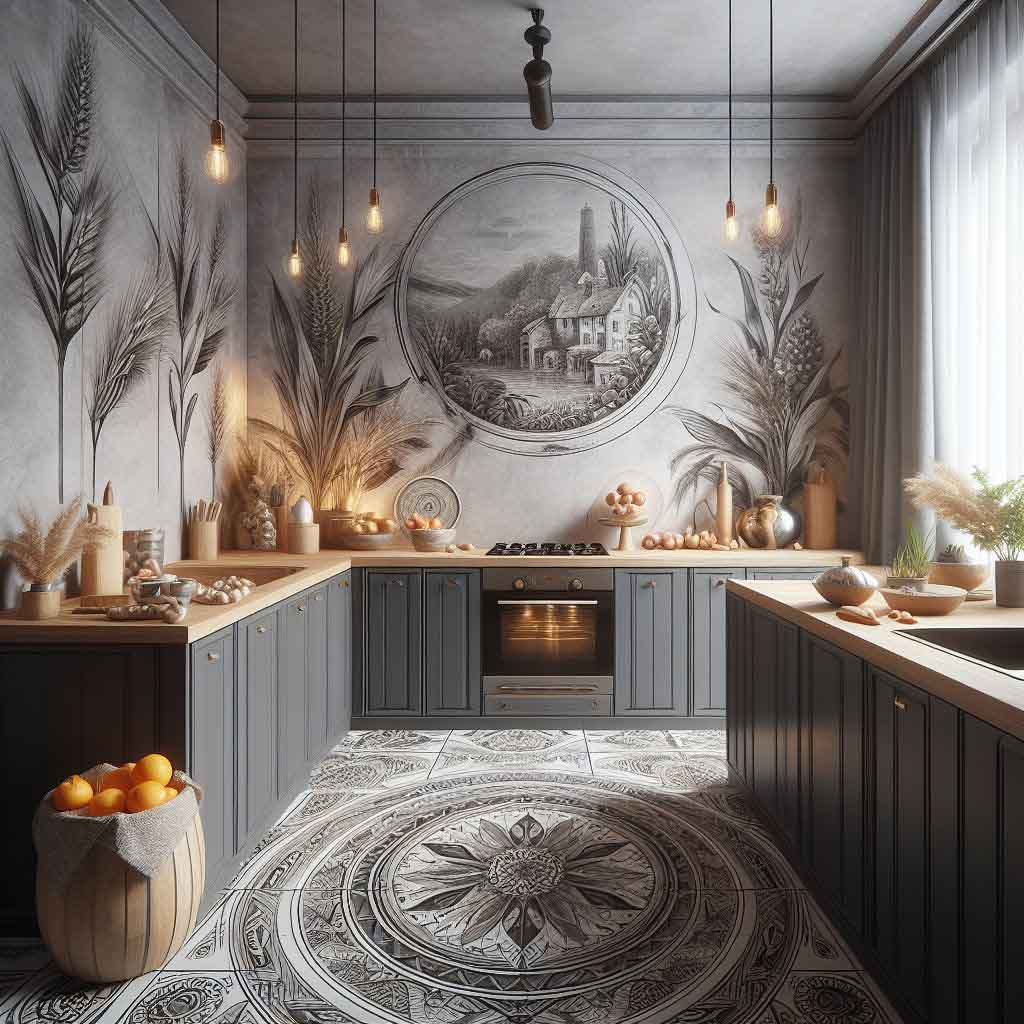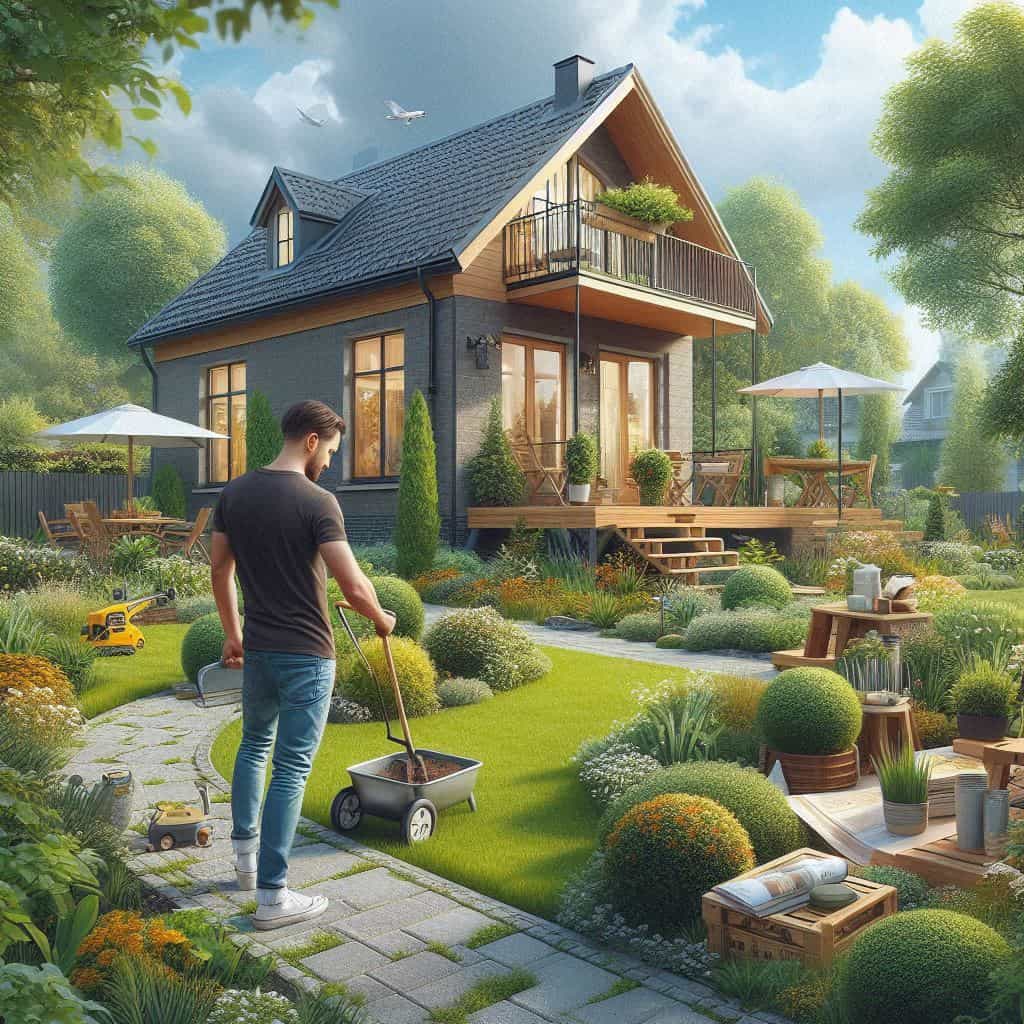Lighting plays a crucial role in creating a comfortable and functional environment in the kitchen. A properly chosen and installed lighting system can not only enhance the appearance of the kitchen but also improve its convenience and safety. In this article, we will discuss the key aspects of choosing and installing an efficient lighting system in the kitchen, as well as learn how to calculate the required brightness of the fixtures based on the size of your kitchen.
Assessing lighting needs
The first step in choosing a lighting system for the kitchen is to assess the lighting needs in different areas of the room. The kitchen typically includes three main zones that require different levels of lighting:
- General lighting: the main source of light that evenly illuminates the entire kitchen. This can be a chandelier – one or several, depending on the size of the kitchen.
- Task lighting: directed light that illuminates specific work areas, such as the work surface, sink, and stove. This can include spotlights and LED strip lights above the kitchen work surface.
- Decorative lighting: adds style and atmosphere, highlighting the design elements of the kitchen (LED strips, lighting from below, above, floor lamps, other light sources).
Types of lighting fixtures
After determining the lighting needs, it is necessary to choose the appropriate types of lighting fixtures:
- Ceiling lights: provide general lighting and can be recessed or pendant.
- Under-cabinet lights: provide task lighting for work surfaces.
- Decorative lights: installed in furniture or ceiling to create ambient lighting.
These are just a few examples of the types of lighting fixtures available. The choice of fixtures will depend on the specific needs and design of your kitchen.
Choosing and installing an effective lighting system in the kitchen can significantly improve its functionality and appearance. When planning the lighting, consider the lighting needs in different areas of the kitchen, choose suitable types of lighting fixtures, and ensure that the lighting is both safe and energy-efficient.
Choosing color temperature
The color temperature of light affects the overall perception of the kitchen. To create a cozy atmosphere, it is recommended to choose lamps with a warm color temperature (around 2700K-3000K) for decorative lighting and work areas, while for general lighting, lamps with a cooler color temperature (around 3500K-4000K) are more suitable.
Installation and lighting layout
When planning the installation of lighting, it is necessary to consider the following recommendations:
- Place general lighting so that it evenly illuminates the entire kitchen.
- Install lights under kitchen cabinets directly above the work surface for uniform lighting.
- Use dimmers to adjust the brightness of the lighting and create the desired atmosphere.
Safety and energy efficiency
When choosing lamps and fixtures, pay attention to their safety and energy efficiency. Use LED lamps, which provide bright lighting and consume less energy, and make sure that the fixtures have quality and safety certifications.
Calculating light brightness for kitchen area
To calculate the required light brightness for your kitchen area, you can use the following formula:
Brightness (in lumens) = Kitchen Area (in square meters) × Illzuminance Coefficient (in lux)
- Determine the kitchen area. Measure the length and width of the kitchen, then multiply them to get the area in square meters.
- Choose the illuminance coefficient. Depending on the functionality of the kitchen, different levels of illuminance are applied. For general kitchen lighting, an illuminance level of 300 to 500 lux is recommended, while for work areas such as the work surface, a higher level of about 700-800 lux is required.
- Substitute values into the formula. Multiply the kitchen area by the chosen illuminance coefficient to get the total light brightness required for the kitchen.
For example, for a kitchen area of 10 square meters, an illuminance coefficient of 400 lux can be chosen for general lighting:
Brightness = 10 sq. m × 400 lux = 4000 lumens
For a more precise calculation, it is recommended to consult professionals such as interior designers or electricians who can take into account the specific characteristics of the space and its use.
In Conclusion
Choosing and installing an effective lighting system in the kitchen can significantly improve its functionality and appearance. When planning the lighting, consider the lighting needs in different areas of the kitchen, choose suitable types of lighting fixtures and color temperature, and ensure the safety and energy efficiency of the lighting.
Use different types of lighting for different tasks in the kitchen and integrate them into a single control scheme for greater efficiency and energy savings. Choose LED lamps as they are economical and safe. Consider installing a dimmer to adjust the brightness of the light according to your mood and needs. If you have a limited budget, focus on the functionality of the kitchen and choose lighting according to its main needs, such as highlighting work areas or general lighting.



